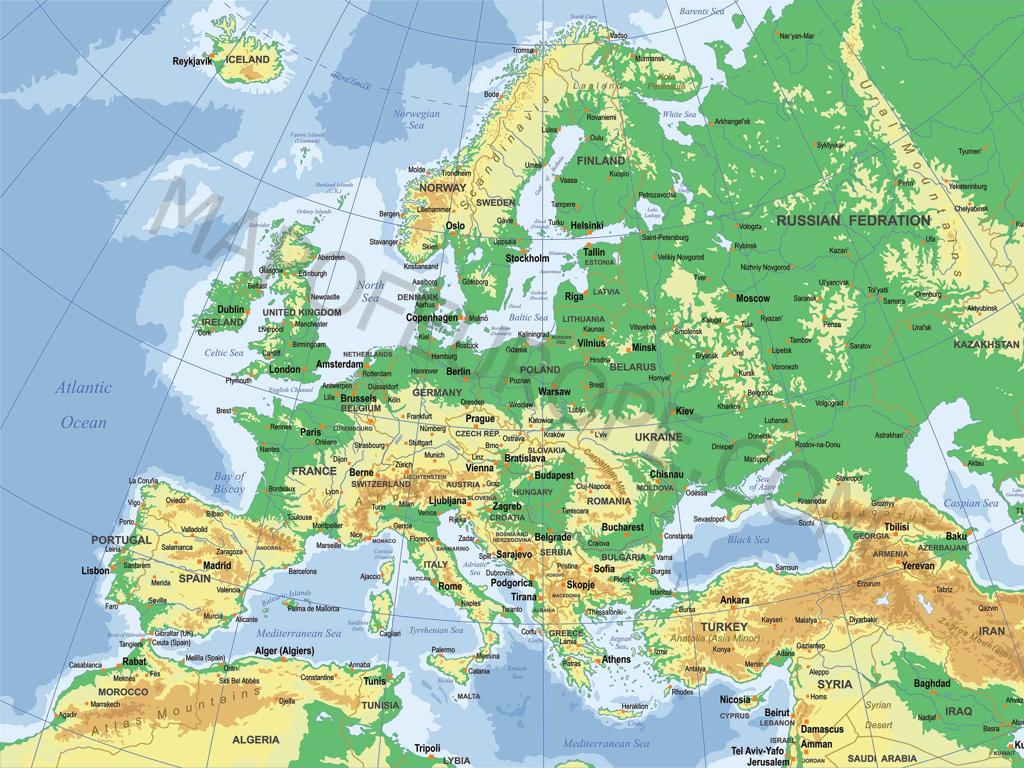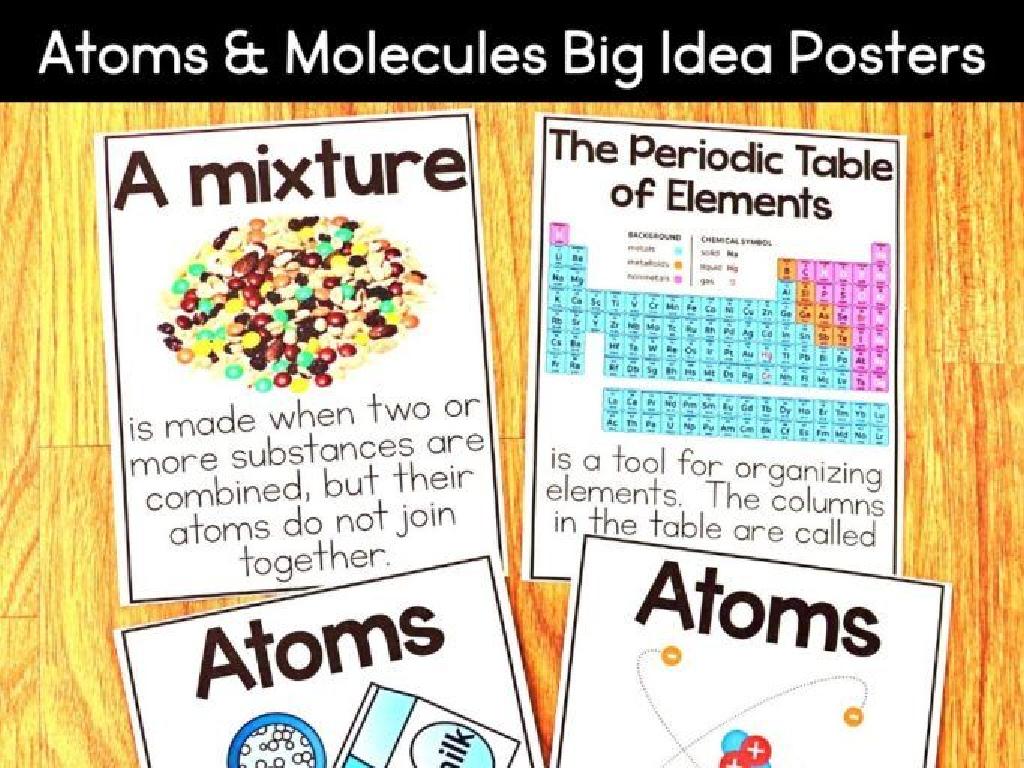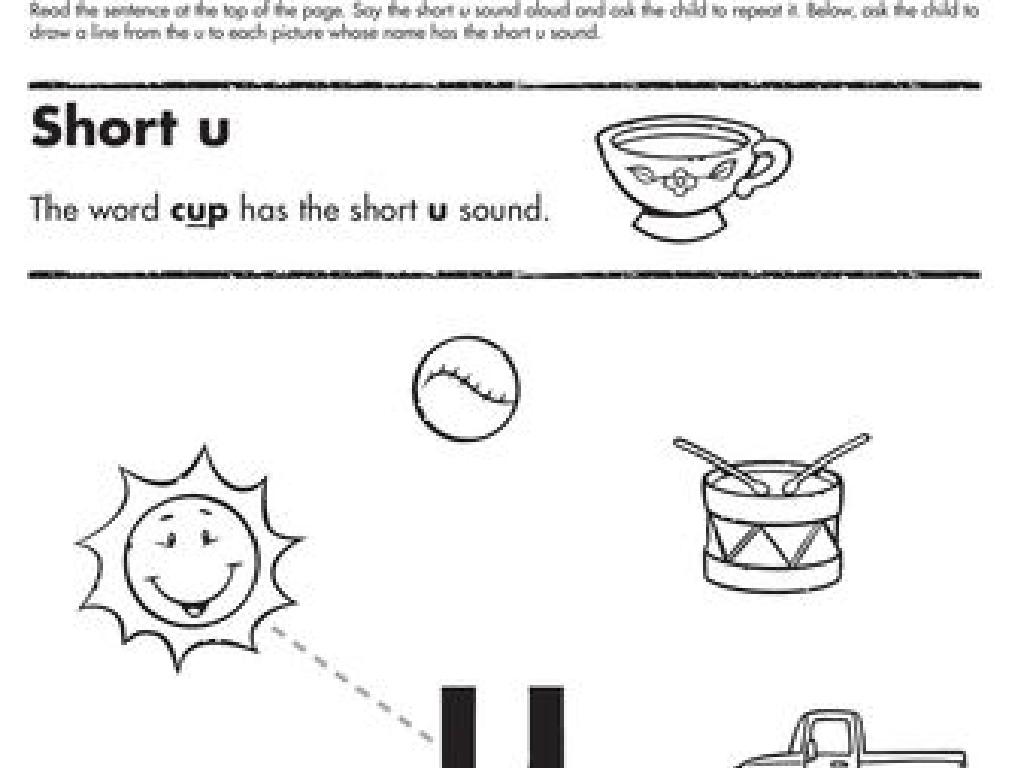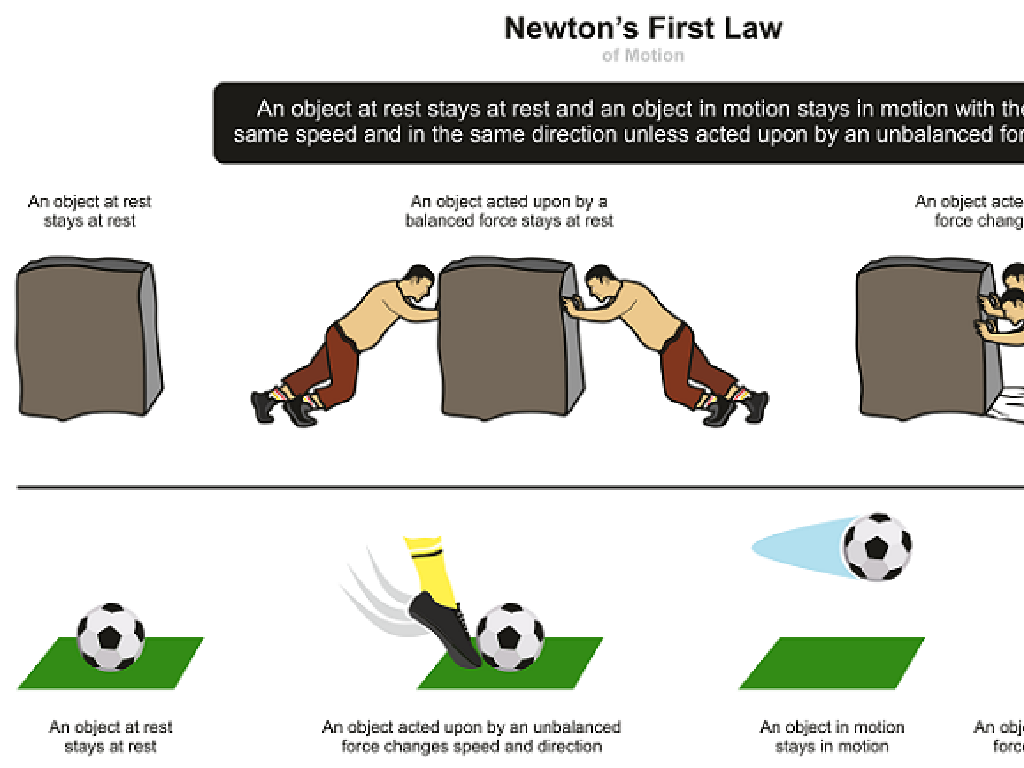Area Of Compound Figures
Subject: Math
Grade: Sixth grade
Topic: Perimeter And Area
Please LOG IN to download the presentation. Access is available to registered users only.
View More Content
Area Exploration: Compound Figures
– Explore perimeter and area
– Perimeter is the boundary length; area is the space inside.
– Define compound figures
– Compound figures are shapes made by combining two or more simple shapes.
– Calculate area of simple shapes
– Find area of each shape separately (e.g., rectangle: length x width).
– Combine areas for total
– Add the areas of simple shapes to find the area of the entire compound figure.
|
This slide introduces the concept of compound figures and their areas as part of the broader topic of perimeter and area. Begin by reviewing the definitions of perimeter and area to ensure students understand the foundational concepts. Explain that compound figures are shapes that consist of two or more simple shapes combined. Teach students how to calculate the area of simple shapes individually, using formulas they are familiar with, such as length times width for rectangles. Then, demonstrate how to add these individual areas together to find the total area of the compound figure. Use visual aids and examples to help students visualize the process. Encourage students to practice with different compound figures to solidify their understanding.
Recap: Understanding Area
– Area: space inside a 2D shape
– Measured in square units
– e.g., square inches, square feet
– Example: rectangle area
– Area = length x width
– Practice: calculate area
– Find the area of a 4×3 inch rectangle
|
This slide is a quick recap of the concept of area, aimed at reinforcing students’ understanding of the space within two-dimensional shapes. Emphasize that area is always measured in square units, which could be square inches, square feet, etc., depending on the context. Use the example of a rectangle to illustrate the formula for calculating area (length multiplied by width). As an interactive element, ask students to practice by calculating the area of a rectangle with given dimensions, such as 4 inches by 3 inches, to ensure they can apply the formula correctly. This will prepare them for understanding the more complex concept of finding the area of compound figures.
Identifying Compound Figures
– Define compound figures
– Also called composite shapes, made of 2+ simple shapes
– Recognize simple shapes within
– Look for rectangles, circles, triangles in complex figures
– Spotting shapes in examples
– Use example figures to identify the simple shapes
– Importance of identification
|
This slide introduces students to the concept of compound figures in geometry, which are shapes that consist of two or more simple shapes combined. Start by defining compound figures and explaining that they are also known as composite shapes. Encourage students to recognize and name simple shapes such as rectangles, circles, and triangles within more complex figures. Provide visual examples of compound figures and ask students to identify the simple shapes they can spot. Emphasize the importance of being able to identify these shapes as it is the first step in calculating the area of compound figures. For the class activity, students can draw their own compound figures or find them in the classroom environment and discuss the simple shapes they consist of.
Breaking Down Compound Figures
– Divide figures into simple shapes
– Split complex figures into rectangles, triangles, etc.
– Calculate area of each shape
– Use formulas: Area of rectangle = length × width, Area of triangle = 1/2 × base × height
– Add or subtract for total area
– Add areas for combined spaces, subtract for empty spaces
– Practice with examples
– Example: Find the area of an L-shaped figure by dividing it into two rectangles and adding their areas
|
This slide aims to teach students how to approach compound figures by breaking them down into simpler shapes whose area they can easily calculate. Start by demonstrating how to visually divide a complex shape into basic ones like rectangles and triangles. Review the formulas for finding the area of these simple shapes. Then, guide students through the process of adding or subtracting these areas to find the total area of the original compound figure. Provide practice examples, such as an L-shaped figure or a figure with a chunk cut out, to solidify their understanding. Encourage students to draw the shapes they create from the compound figures and label their dimensions clearly.
Calculating Area of Compound Figures
– Divide figure into simple shapes
– Look for rectangles, triangles, circles
– Calculate area of each shape
– Use appropriate formulas for each
– Add areas for combined sections
– Add the areas to combine them
– Subtract areas for overlapping parts
– If shapes overlap, subtract the shared area
|
This slide is aimed at teaching students how to approach finding the area of compound figures, which are shapes made up of two or more simple shapes. Start by guiding students to visually divide the figure into familiar shapes such as rectangles, triangles, or circles. Then, move on to calculating the area of each individual shape using the appropriate formula (e.g., length x width for rectangles). After finding the areas of all the simple shapes, instruct students to add these areas together to get the total area of the compound figure. If there are any overlapping parts, they need to subtract the area of the overlapping section from the total. Encourage students to practice with different compound figures and to check their work by comparing the sum of the parts to the whole.
Practice Time: Area of Compound Figures
– Your turn to try!
– Divide the figure into simple shapes
– Break down complex figures into rectangles, triangles, etc.
– Calculate the area of each shape
– Use appropriate formulas for each simple shape
– Add the areas for the total
– Sum all individual areas to find the total area
|
This slide is an interactive activity for students to apply their knowledge of finding the area of compound figures. Students should be encouraged to visually and conceptually break down complex shapes into simpler, more familiar shapes such as rectangles and triangles. They should then use the appropriate formulas they’ve learned (e.g., area of a rectangle = length × width, area of a triangle = 1/2 × base × height) to calculate the area of each individual shape. After they have calculated the areas of the simple shapes, they should add them together to find the total area of the compound figure. This exercise will help reinforce their understanding of the area and how it applies to more complex figures. Encourage students to share their methods and answers with the class to foster a collaborative learning environment.
Strategies for Complex Figures
– Subtract areas of shapes when needed
– If a shape is within another, find both areas and subtract the smaller one.
– Identify overlaps and missing pieces
– Look for areas that are counted twice or not at all.
– Use subtraction for excluded parts
– Sometimes the total area isn’t just addition; subtract parts not needed.
– Practice with different compound figures
|
This slide introduces strategies for calculating the area of compound figures, which are shapes made up of two or more simple shapes. Students should learn to identify when to subtract areas, such as when one shape is inside another. They must also be able to recognize overlaps and missing pieces that can affect the total area calculation. Emphasize the importance of careful observation and subtraction in these cases. Provide practice problems that include a variety of compound figures to help students apply these strategies. Encourage them to explain their reasoning for each step to reinforce their understanding.
Group Activity: Crafting Compound Figures
– Draw a unique compound figure
– Calculate the total area
– Break down the figure into simple shapes and sum their areas
– Present your figure and findings
– Explain your method and answer questions from classmates
– Collaborate and learn together
– Share ideas and problem-solving strategies
|
This group activity is designed to reinforce students’ understanding of calculating the area of compound figures. Divide the class into small groups and provide them with materials to draw and calculate. Encourage creativity in designing their compound figures. They should use the methods learned to calculate the area by decomposing the figure into simpler shapes, such as rectangles, triangles, and circles, and then summing the areas of these shapes. After calculations, each group will present their figure and explain the process they used to the class. This activity fosters collaboration, communication, and critical thinking. Possible variations for different groups could include using different sets of shapes, creating figures with specific area constraints, or challenging them to find the area of figures with missing dimensions.
Review and Reflect: Area of Compound Figures
– Define compound figure
– A shape made up of two or more simple shapes
– Steps to find area of compound figures
– Break into simpler shapes, find individual areas, then sum up
– Significance of learning area
– Understanding area is crucial for real-life applications like flooring
|
This slide aims to consolidate students’ understanding of compound figures and the methods to calculate their area. Begin by defining a compound figure as a shape that consists of two or more simple shapes, such as rectangles, triangles, or circles. Explain the process of finding the area of compound figures by breaking them down into simpler shapes whose area can be easily calculated, and then adding those areas together to find the total. Emphasize the importance of learning about area in practical situations, such as determining the amount of paint needed for a wall or the amount of carpeting for a room. Encourage students to think of other scenarios where calculating area is essential. This reflection will help students appreciate the relevance of their math skills in everyday life.
Homework Challenge: Compound Figures
– Take home compound figure worksheet
– Apply today’s lesson on area
– Use area formulas for rectangles, triangles, etc.
– Solve the compound figure problems
– Break down figures into simpler shapes
– Be ready to discuss solutions
|
This homework challenge is designed to reinforce the concepts learned in class about finding the area of compound figures. Students are expected to apply their knowledge of area formulas for simple shapes like rectangles and triangles to more complex, compound figures. Encourage them to break down the figures into manageable parts and find the area of each before combining them for the total area. Remind students to show their work for each step. In the next class, we will review the solutions together, allowing students to ask questions and clarify any misunderstandings. This will also provide an opportunity for peer learning as students can compare approaches and solutions.






